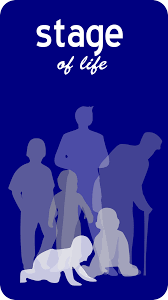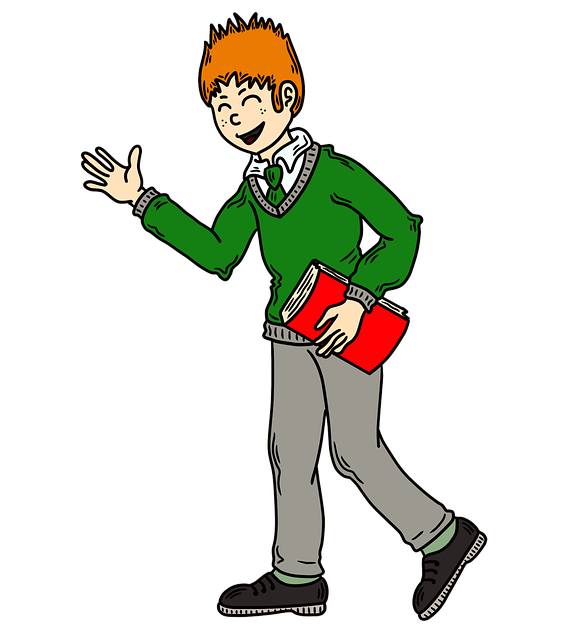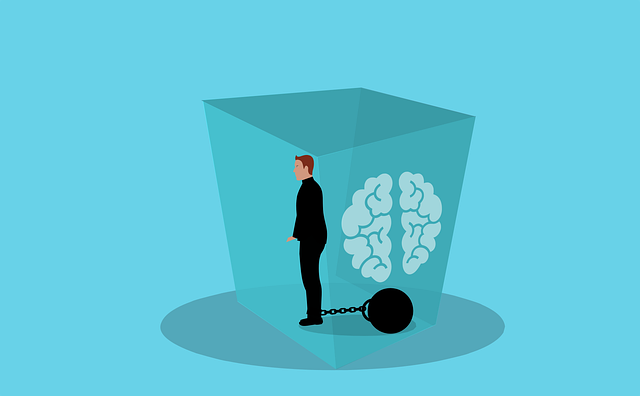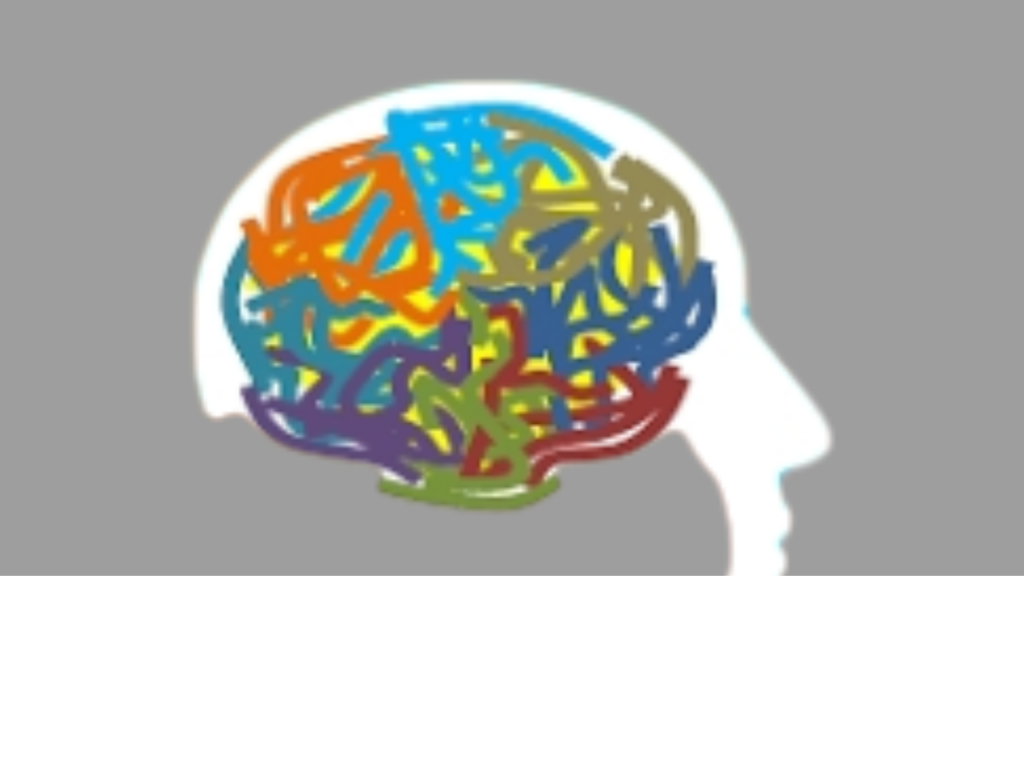The Interpersonal Theory of Nursing was created by Harry Stack Sullivan. Who is regarded as the founding father of interpersonal psychiatry. Harry Stack Sullivan was born on February 21, 1892, in Norwich, New York. He was the only surviving child of a taciturn father, a farmer and skilled workman.
This theory clarified the significance of life events to psychopathology as well as the function that social interactions. And also interpersonal connections play in personality development. According to Stack-Sullivan’s view, behavior serves to both reduce or prevent anxiety in the patient and ensure that their requirements are addressed through interpersonal interactions.
Stages of development
Stack-Sullivan refers to these six developmental stages as “epochs” or heuristic stages in development, and the Interpersonal Theory explains them.

Infancy (Birth-18 months)
A few minutes after birth, the infant stage starts, and it lasts until speech (however meaningless) appears..) The infant’s first exposure to social interactions occurs while they are being nursed. A caring mother’s “good and satisfactory nipple,” which provides milk when the child is hungry, and an anxious mother’s “evil nipple,” which is so unpleasant that the child rejects it even when it is hungry. These are two examples of the crucial external cues that the baby learns to recognize.
Depending on the purpose, crying can be an infant’s most efficient way to communicate demands and ease worry for a while. There is no necessary relationship, in the infant’s experience, between crying when hungry, crying when cold, or crying in any other situation. Instead, it is the infant’s primitive, prototaxic method of communicating the concept “come, nipple, into my mouth.”
Childhood (18 mo-6 years)
Parental discipline during childhood contributes to the development of the self-system’s negative self-image. (See pp. 188–226 in Sullivan, 1953/1968.) No significant harm will occur as long as the parents also support the formation of the good-me personification by giving enough affection and rewards.
However, if the child’s demand for tenderness is continually met with hostility or worry from the parents, the bad-me aspect of the self-system will take center stage. Similar to the abandoned kid in Adlerian theory. This evil metamorphosis leads to the mistaken perception that people are unkind and unloving.
Juvenile era(6-9 years)
The urge for playmates emerges around the time of starting school, marking the beginning of the juvenile phase. (See pp. 227–244 of Sullivan, 1953/1968). Similar to Adler, Sullivan comes to the conclusion that significant parental mistakes made during infancy and childhood can be corrected through the school system.
Positive changes in personality are feasible because at the beginning of each developmental stage, when newly growing talents increase the probability of large behavioral changes, the ordinarily rigid self-system becomes more malleable.
The young person learns to cope with the expectations, incentives, and consequences of new authority figures like instructors.
Preadolescence (9-12 years)
The requirement for a close, personal interaction with a specific person of the same sex, or chum, is what distinguishes the preadolescent stage. (See pp. 245–262 in Sullivan, 1953/1968.) Usually occurring between the ages of 8 ½ and 10, this relatively short time might be delayed by up to many years if development proceeds at a relatively slow pace.
Early Adolescence (12-14 years)

Puberty and the emergence of a strong lust dynamic, which fuels the desire for a close relationship with someone of the other sex. And also
signal the start of the early adolescent age. Unlike the intimacy of the preadolescent stage, which is not always sexual, lust is mostly manifested through sexual conduct and ends with an orgasmic experience.
Late Adolescence (14-21 years)
The accomplishment of fulfilling sexual activity marks the beginning of the later stages of adolescence. Adolescents now have to deal with more societal obligations, such working and filing taxes. This period of personality development is also influenced by socioeconomic status. since individuals who can afford college have several years of exceptional opportunities for observation and learning that others cannot. A strong propensity to isolate oneself or engage in impersonal card games that only allow for the bare minimum of social interaction.
Three types of self
Sullivan described three different kinds of selves:
- The “good me” and the “bad me” depending on how society views you, as well as the worry that follows receiving unfavorable feedback
- The repressed, unknown part of the ego is referred to as the “not me.“

OBJECTIVES
- To develop a theory that emphasizes social factors—parents, friends, schoolmates, and romantic interests. Rather than innate traits in order to maintain the significance of the unconscious.
- To use his own unique nomenclature and reject almost all Freudian conceptions, including libido.
- also for refute Freud’s gloomy theory of human nature by demonstrating our innate need for mental well-being.
- To demonstrate that, contrary to Freud’s assertion that personality development ends at age six. Personality development occurs across a span of seven phases from childhood to adulthood.
- demonstration that severe anxiety is a crucial component of psychopathology and that the mother’s (or any other adult’s) anxiety is the main cause of the disorder.
- We must underline that we are social beings, and that rejecting this need is a primary contributor to psychopathology.
- For the elucidate the dynamics and causes of schizophrenia.
- To develop better strategies for the treatment of schizophrenia and other mental illnesses.
Tension Reduction
According to Sullivan, there are four major causes of tension: the physicochemical needs, the need for sleep, anxiety, and the need to express tenderness.
Physicochemical Needs and need for sleep
Important physicochemical demands like sexual desire, the urge to expel physiological waste, and shortages of food, water, oxygen, or body heat can all lead to an interior imbalance. This is accompanied with tension, which is frequently (though not always) aware and drives us to exert effort in order to satiate the urge. Another source of tension, according to Sullivan, is the need for sleep, which is very distinct from physicochemical demands.

Anxiety.
Anxiety is possibly the main factor that contributes to stress. The strength of this unpleasant feeling varies a lot. Anxiety is most like the strange feelings of terror, fear, and loathing. Environmental disruptions like a sudden, loud noise or threat might cause anxiety. However, the child’s relationship with its mother, or whoever performs the mothering role, is its primary source. “The main areas where worry might arise are in interpersonal relationships. When a mother has tension from anxiety, the child experiences anxiety as well. The tension of fear, which arises when a need is materially postponed, is not the same as anxiety.
The need to express tenderness.
Tension can also arise when the person caring for the infant notices behaviors from the child, such crying, that point to a need. According to Sullivan (1953/1968), p. 39 this tension “is experienced as tenderness, and as an impulsion to activities toward the relief of the infant’s needs.” As a result, the baby’s first meaningful interpersonal bond is created. when her need for the mothering person’s caring collaboration is stimulated. But the mothering person’s ability to be tender will be limited if she reacts anxiously to the baby’s pain. Sullivan (1953/1968) states that the only appropriate response to infantile anxiety is for the mother to stop feeling concerned.
Dynamism
Disapproval of the idea by Sullivan of psychic energy even if he supports a personality model that reduces tension. “When I refer to energy, I mean energy as understood in physics. It is not necessary to include adjective- times like “mental.” The only type of energy I am aware of is physical energy. Rather than transforming libido into behaviors that meet our needs, we transform bodily energy.
The term “dynamism” used by Sullivan to describe these energy transfers in order to highlight the fact that personality is a dynamic process that is always changing. A dynamism can be expressed in a number of ways, such as overt movement or speech, secret imaginings and reveries, or partially or completely unconscious processes.




Pingback: Does ketamine help schizophrenia? - Psychiatry Magazine
Pingback: Psychiatrist vs Neurologist - Psychiatry Magazine
Pingback: what is Cognitive Restructuring ? - Psychiatry Magazine